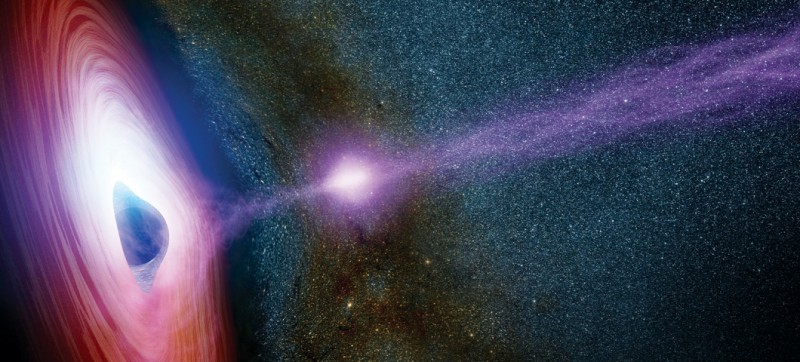
The universe is a vast expanse of the unknown, and we're just starting to scratch the surface. Our Milky Way, one of the countless galaxies out there, is but a speck within the unfathomable cosmos. The truth is, there's a multitude of extragalactic mysteries that remain unexplained. Intrigued? Let's dive deeper!
Unveiling the Cosmic Theatre: A Brief Overview of Galaxies Beyond the Milky Way
Types of Galaxies
Did you know there are different types of galaxies, each with unique shapes and properties? Elliptical, spiral, and irregular are the primary types, yet each category hosts a plethora of sub-types and peculiar cases.
Most Famous Extragalactic Entities
There's the Andromeda Galaxy, our closest spiral galaxy neighbor, and galaxies like Sombrero, Whirlpool, and Cigar that continually pique our cosmic curiosity.
The Unseen Forces: Dark Matter and Dark Energy
Dark Matter: The Unseen Mass
Dark matter, making up approximately 85% of the universe's mass, is an unexplained phenomena that doesn't interact with light, making it virtually invisible. Its existence, though not directly observable, is inferred from gravitational effects on visible matter.
Dark Energy: The Mysterious Expansive Force
Dark energy is even more perplexing. It's a hypothetical form of energy that permeates all space and accelerates the expansion of the universe. We're still in the dark (pun intended) about what dark energy truly is.
The Enigma of Black Holes
Black Holes: The Ultimate Abyss
Black holes, regions of spacetime exhibiting such strong gravitational effects that nothing can escape, are among the most mystifying celestial entities. They remain hidden, revealing themselves only through indirect observation methods.
Supermassive Black Holes and Galactic Centers
Galactic centers often harbor supermassive black holes, whose masses are millions or billions of times that of the Sun. How do these monstrous entities form, and what role do they play in galaxy formation and evolution? The answers are yet to be found.
Quasars: Lighthouses of the Cosmos
Quasars are the brightest objects in the universe, powered by accretion of matter into supermassive black holes in the centers of distant galaxies. These cosmic lighthouses hold secrets to the early universe, but their true nature remains elusive.
Gravitational Waves: Echoes from Space-Time Collisions
Gravitational waves, ripples in spacetime caused by the most violent cosmic events, are a recent discovery that has opened a new way of observing the universe. This detection holds the potential to unravel many cosmic mysteries.
Cosmic Microwave Background: Echoes from the Big Bang
The cosmic microwave background is the afterglow of the Big Bang, providing clues to the universe's infancy. But it also presents an unexplained phenomenon called the "Axis of Evil," a feature in the temperature variations that defies cosmological principle assumptions.
The Future of Extragalactic Exploration
Next-Generation Telescopes and Spacecraft
Future technologies like the James Webb Space Telescope and interstellar spacecraft could help in answering the burning questions about extragalactic mysteries.
The Role of Artificial Intelligence in Space Exploration
AI, with its ability to analyze vast amounts of data and learn from it, could play a crucial role in extragalactic exploration and understanding. Unfathomable as they may seem, these extragalactic mysteries hold the key to understanding our universe. As we continue our cosmic voyage, each discovery brings us closer to unraveling the secrets hidden in the vast expanse beyond the Milky Way.
The Intricate Art of Nanoscale 3D Printing: Changing the Face of Modern Manufacturing
Apple Quietly Loans Vision Pro Mixed Reality Headset to Top Developers for Feedback